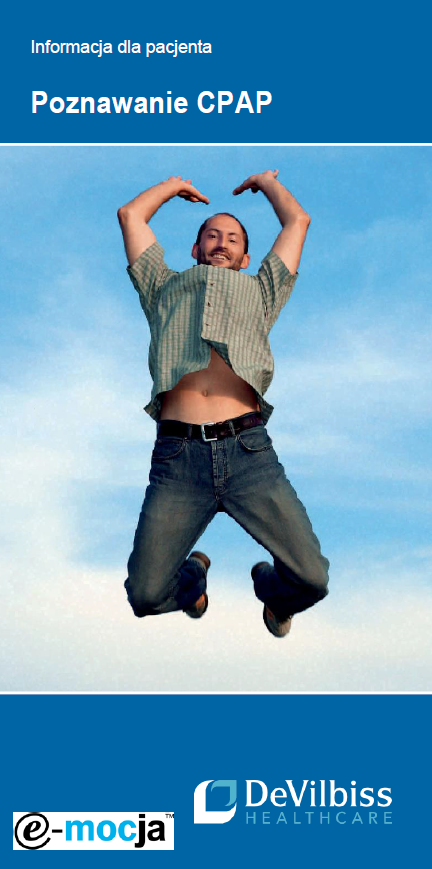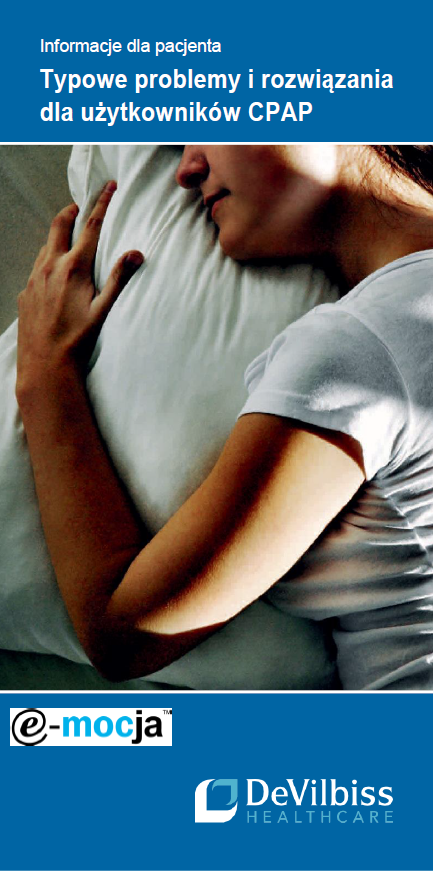Medical examinations

Obstructive sleep apnea
DeVilbiss

Learning about CPAP
DeVilbiss

Common problems for CPAP users
DeVilbiss
SLEEP DIAGNOSTICS
- What is the purpose of screening for sleep disordered breathing?
The purpose of this test is to assess whether or not a person develops breathing difficulties while sleeping. The main indication for carrying out such an examination is the suspicion of a syndrome of breathing disorders during sleep – when the patient snores very loudly, often stops breathing at night, complains about sleep that does not give rest, and during the day he has a tendency to fall asleep in various circumstances – from falling asleep during conversations after falling asleep at the wheel.
The screening test allows to accurately determine the type and number of apnea and their correlation with the body position and oxygen saturation of arterial blood. The big advantage of this test is the fact that it is performed at the patient’s home, which reduces the stress associated with sleeping in the laboratory, ie in a “strange place”, and the number of sensors is reduced to the necessary minimum, which improves sleep comfort during the test.
2. What is the Sleep Breathing Disorder Screening Test?
Unlike full polysomnography, screening is done at home on the patient. For this purpose, a medical technician comes to you who puts on the apparatus before going to bed. Then in the morning the technician arrives to take the apparatus to read the test and describe it by the doctor.
The screening test itself consists in the continuous recording of the breathing parameters of the examined person, such as:
- nasal airflow (recorded through a nasal cannula)
- snoring – i.e. vibrations associated with snoring, also recorded by the above-mentioned cannula
- chest breathing movements – recorded by an elastic belt worn over the chest
- abdominal breathing movements – recorded by an elastic belt placed over the abdomen
- arterial oxygen saturation – recorded by a finger sensor
- body position during sleep – recorded by the body position sensor built into the device.
The only thing that may seem unpleasant to you is the cannula mustache (about 7mm long), which is inserted into the nose to register the air flow. The feeling of the presence of a cannula in the nose passes quickly and does not disturb the comfort of sleep.
3. Is sleep disordered breathing screening safe?
Yes, the examination is completely safe, both for the patient and for the technician who puts the apparatus on the patient.
All sensors are cleaned after each examination, nasal cannulae are disposable.
The finger sensor cable has high-quality insulation.
The device itself is powered by an internal battery, sealed in an insulating casing, so there is no risk of electric shock.
The device meets the requirements of Directive 93/42 EEC of June 14, 1993 on medical devices.
4. How should you prepare for the test?
When a technician arrives at the scheduled time, it would be good if the person to be examined was prepared for sleep.
Before the examination, please take all the medications you take regularly in the evening and in the morning. This is especially important in relation to people treated for heart disease, arterial hypertension, diabetes or chronic respiratory diseases.
It is very important that you do not have too much trouble falling asleep, for this purpose it is advisable to:
- Not trying to get a good night’s sleep before the test to make the results “better”
- It would be best if the day before the examination required a lot of activity from you
- On the day of the examination, refrain from consuming coffee, strong tea and other drinks containing caffeine, theine (Coca Cola, Red Bull, etc.), alcohol or other stimulants.
The course of the medical examination
Before inserting the device, the technician will conduct a short survey with you on, among others, medication taken, sleep duration, etc.
The technician puts on the camera, and the next morning, when arriving to collect the examination, he will provide you with a medical bill.
The process of installing all sensors will be adjusted to this time so as not to disturb your circadian rhythm.
The sensors will be installed in such a way that they will not restrict your movements too much and, if necessary, you will be able to use the toilet without any problems.
The time of the examination depends entirely on you.
However, it should be remembered that it is advisable that the examination lasts at least 6 hours – more information makes it much easier to establish the correct diagnosis.

Fig. Screening device connected to the patient.
- What happens after the medical examination is completed?
The next morning, a technician will come to your place to disconnect all the sensors and pick up the device (you can disconnect the sensors yourself). After a thorough examination of the test results (within a maximum of 7 working days), you will receive the final result, as described by a specialist doctor, then the most appropriate method of further treatment will be proposed to apply the treatment, if necessary.
Sleep Disorder Questionnaire: EPWORTH SLEEP SCAL
Please specify how easily you would fall asleep or fell asleep / fell asleep in the following situations
0 = I will never sleep
1 = low nap time
2 = medium nap time
3 = high possibility of a nap
Situation
Possibility of falling asleep
Sitting or reading
Watching TV
Sitting in a public place
During the one-hour, monotonous car ride as a passenger
In the afternoon lying down
Sitting while talking to another person
After lunch without alcohol, sitting in a quiet and peaceful place
While driving a car, waiting in a traffic jam for several minutes
Total:
If you get 9 points or more, it is advisable to consult a doctor specializing in the diagnosis and treatment of sleep disorders. If there are other reasons for concern about the quality of sleep: insomnia, snoring, etc. We also invite you to visit us.
Contact details
e-mocja™
61 Złota Str. Unit 100
00-819 Warsaw, Poland
Phone: +48 22 380 32 80 – 81
Fax: + 48 22 380 30 58
e-mail: biuro@emocja.pl
How can we help?
Your opinion
Each of your comments is valuable to us. If you want to express your opinion – write: biuro@emocja.pl
Copyright © 2021 e-mocja™ | All rights reserved.